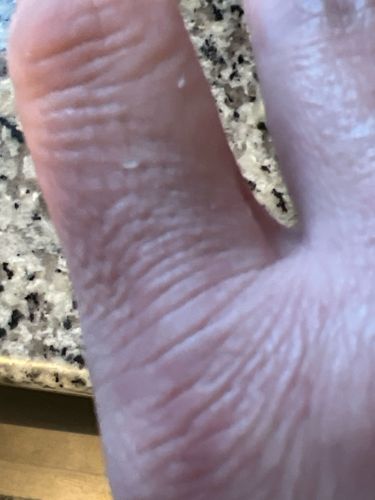Case-bearing Clothes Moth (larva)
Scientific Name: Tinea pellionella
Order & Family: Lepidoptera (Moths and Butterflies), Tineidae (Fungus and Clothes Moths)
Size: Larvae grow up to 10-14 mm (0.4-0.6 inches) in length, adult moths have a wingspan of 9-16 mm (0.35-0.63 inches).

Natural Habitat
Indoors, particularly in dark, undisturbed areas where animal fibers are stored, such as closets, attics, and storage containers. They are attracted to wool, fur, silk, feathers, and other keratin-containing materials.
Diet & Feeding
The larvae feed on natural fibers, especially those of animal origin, including wool, fur, silk, feathers, felt, and sometimes blends containing these materials. They are also known to feed on dead insects, stored foods like flour, and even synthetic materials if stained with food, sweat, or urine.
Behavior Patterns
The most distinctive behavior of the larva is the construction and carrying of a silken case, which it constantly enlarges as it grows. The case is camouflaged with bits of fiber and debris from its surroundings. Larvae are typically slow-moving and prefer dark, undisturbed places. The adult moths are poor fliers, typically scurrying or hopping rather than flying great distances, and are attracted to light but mostly active in dimly lit areas.
Risks & Benefits
Risks: These insects are considered significant household pests, causing damage to clothing, carpets, upholstery, and other items made of natural fibers. They do not bite or transmit diseases to humans. Benefits: Generally, there are no known benefits associated with this pest in a domestic setting; their primary role in nature would be as decomposers of animal remains, but in homes, they are destructive.
Identified on: 10/29/2025